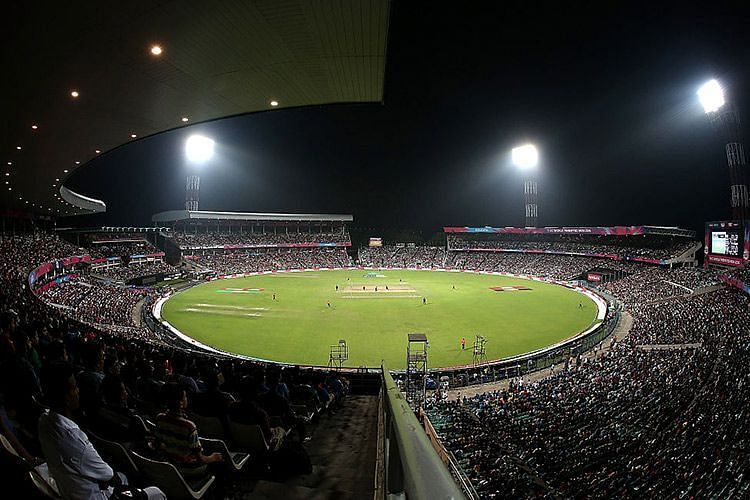
Analysing the pros and cons of pink-ball Test cricket
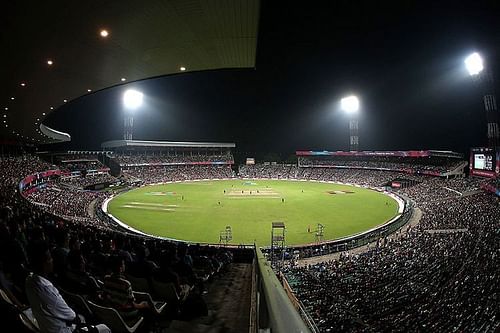
"The only constant in life is change," Greek philosopher Heraclitus famously wrote. And so, India embark on a new journey with their very first day-night Test to be held at Eden Gardens from November 22. As with anything new, there is excitement as well as uncertainty over how things will pan out in the game between India and Bangladesh. Indian cricket would hope all goes well. But, enough doubts have been raised over teething issues in the experiment, especially usage of the pink ball. Whatever be the result, it should be a good learning experience for everyone involved, and the game must evolve for the better from it.
Also see – Ranji Trophy points table
Sighting the pink ball under lights
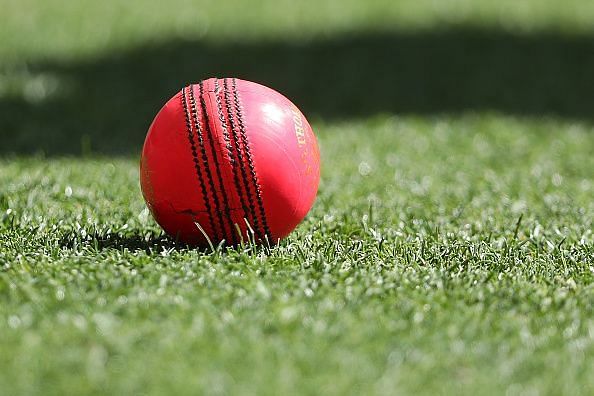
While cricketers have dealt with the white ball under Iights in the shorter formats, it is a totally different proposition with the pink ball. In fact, sighting the pink ball under lights has been one of the major concerns for cricketers ever since day-night Tests began in Adelaide in 2015. Aussie pacer Mitchell Starc, who ironically is the leading wicket-taker in day-night Test, has been a sceptic of the experiment owing to the ball-sighting problem, which he has witnessed from close quarters.
Indian wicketkeeper-batsman Wriddhiman Saha, who was part of the day-night CAB Super League club match at the Eden Gardens in 2016, admitted that twilight time is tricky. “When we played the club match here, it was Kookaburra and this is the SG ball. It will be challenging in the twilight time. It is slightly difficult to pick the ball at that time but we have to adjust. This is a ball that will stay in good condition for a long time,” Saha told reporters ahead of the Kolkata match.
The veteran wicket-keeper further added that the sight-screen is something he, as a keeper, and slip fielders will have to adjust to. “White ball has a black background, we have to see what background we get here. That could be a little different. The ball can be a little old during twilight. If the background is not clear, it could be difficult for the ‘keeper and the slip fielders,” Saha further said.
Reverse swing out of the equation?
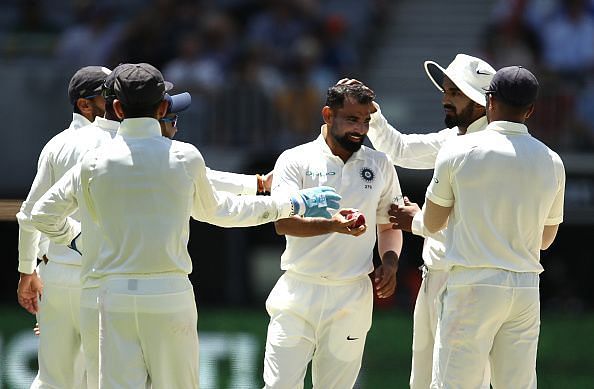
To make the pink ball easier to spot under artificial lights, extra lacquer is applied to it. It increases the shine, and allows natural swing to last longer. However, getting reverse swing, which is a major weapon of fast bowlers, particularly the current Indian bowling line-up, might be a rather difficult task.
A member of the Indian team was quoted as saying by The Indian Express, “A lot more grass is left on the track and outfield so that the ball doesn’t get scuffed up and lose its colour and shine. As the match progresses, this could hamper reverse swing. If the pink ball demands such conditions, there can’t be a dry abrasive pitch at all for Tests. And with the dew factor, the track would never be conducive for reverse swing.”
Paras Anand, Marketing Director of SG, whose pink ball will debut at Eden Gardens, also confirmed to Hindustan Times, “Reverse swing probably will be difficult. We’ve seen Indian players start working on a red ball after 15-20 overs. They make one side heavier and keep the other side rough for the ball to reverse. That will be difficult in pink ball. The fielders will have to work very hard to maintain the shiny and rough sides of the ball.”
What does pink ball offer for spinners?
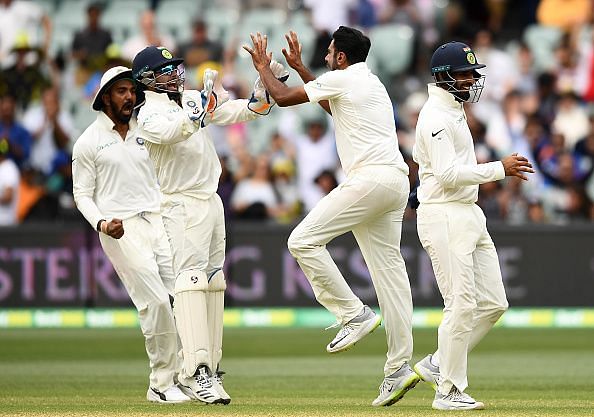
In the 11 day-night Tests so far, slow bowlers have taken only 96 of the 366 wickets to fall. Clearly, the Kookaburra and Dukes ball haven’t aided spin much, which is a concern. However, things might change with the SG ball, which has a much more prominent seam.
Indian number three, Cheteshwar Pujara, who played in the 2016 Duleep Trophy, observed that batsmen found the going tough against wrist-spinners with the pink ball and lights. "In my experience, the twilight period and the period under lights are more difficult. Those sessions will be crucial. Some of the other players I had spoken to said that especially when facing a wristspinner, their wrong'uns were difficult to pick. When Kuldeep (Yadav) was bowling, it was difficult to pick his wrong'un," Pujara was quoted as saying in a bcci.tv report.
Too much movement!
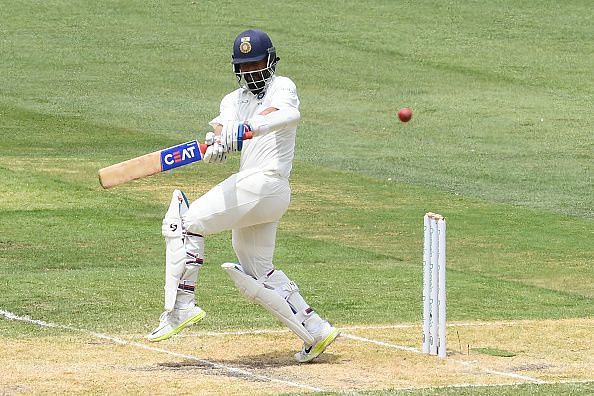
Speaking after a practice session with the pink ball under lights, Indian vice-captain Ajinkya Rahane had said, “Definitely, it's a different ball game as compared to red ball. What we found out after the practice session that the pink ball does a lot (more) than the red ball. We have to play slightly late and close to your body. The lateral movement is big.” Batsmen from both sides will face a major challenge if something similar transpires during the Test as well, while the fast bowlers can make merry.
All said and done, pink ball cricket is something that Test cricket needs to stay relevant, and should be modified to suit the needs of fans while ensuring the vital aspects of the format are not completely lost. Striking the right balance will be the biggest ‘test’ for day-night matches.